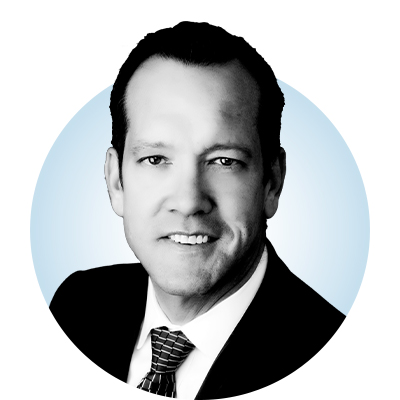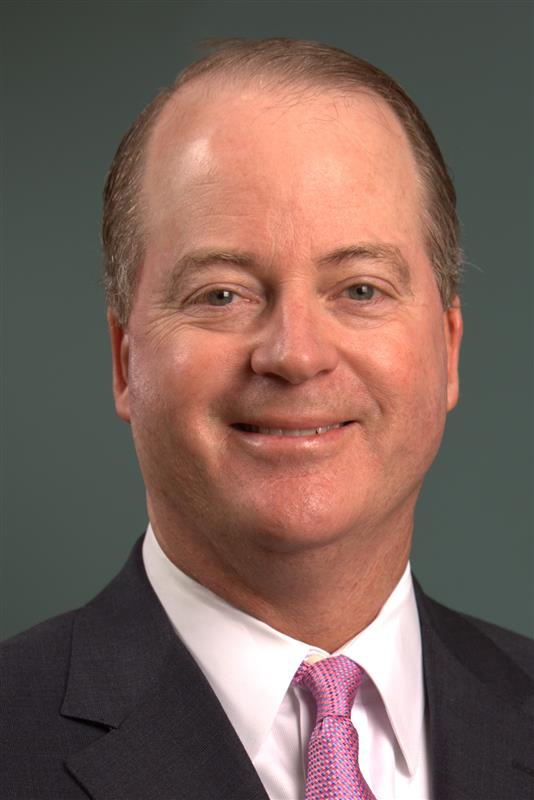As a majority buyer has emerged for California-based Silicon Valley Bank, the banking industry begins to show signs of recovery. The tech-focused lender, which has a Dallas office led by managing director Samantha Colletti, collapsed in March when venture capitalists took to social media, calling out recent SVB investment moves that caused concerns.
The VC investors urged startups banking with SVB to remove their funds from the institution, inciting a bank run that led to SVB’s closure and a Chapter 11 filing from its former parent SVB Financial.
“Anytime something like this happens, there’s a lot of people who are going to be hurt and a lot of careers impacted,” says Dallas-based Texas Security Bank founder, chairman, and CEO Craig Scheef, whose small business and entrepreneur-focused bank held more than $1 billion in assets last year. “A lot of people lost money, so it’s gut-wrenching to me to just think about.”

Soon after, New York-based Signature Bank failed, marking the third-largest bank run in American history. The FDIC ensured 100 percent of both bank’s deposits, even those above the standard $250,000 limit (some of which belonged to Mark Cuban and other Dallas leaders), assuming $25 billion and roughly $2 billion losses, respectively. Investors in both banks lost out, consumer confidence dropped, and the industry reeled.
“The valuation of our companies have all just been slaughtered,” says C. Malcolm Holland, CEO and president of North Texas-based Veritex Community Bank, a top 100 bank and one of the largest banks headquartered in Texas. In 2022, Veritex reported more than $12 billion in total assets.

Questions around the state of banks with similar depositor demographics to SVB and Signature, including San Francisco-based First Republic Bank, left many wondering if the collapses were one-offs or the beginning of a larger chain of bank runs. Analysis around the percent of uninsured deposits at financial institutions, as well as accumulated other comprehensive income, revealed many other banks may be over leveraged, including Dallas-based First Foundation.
Last week, North Carolina-based First Citizens Bank purchased majority ownership in SVB, and Flagstar Bank, a subsidiary of New York Community Bancorp, purchased Signature Bank, causing consumer confidence to return slightly: The New York Times reported rises in the stock prices of several key industry players at the end of March.
The Federal Reserve launched an emergency lending program called the Bank Term Funding Program, allowing depositing agencies to exchange U.S. Treasuries, mortgage-backed security, agency debt, and other assets for loans during the next year, hoping to provide protection against a domino of bank runs, like that which occurred during 2008. But questions around how and why these banks collapsed remain—in addition to what that means for the future of banking.
Here, Scheef and Holland share what they have learned from SVB and Signature Bank’s collapses, and how they may shape regulation and risk mitigation in banking in the future:
Concentration Poses Risk
Scheef: “The risk that did not get addressed is the concentration risk. When a bank assumes risk, it assumes all risk, whether it’s seen or unseen. When you look at Signature and you look at Silicon Valley Bank, they were concentrated, and concentrations are always risk, even with my customers. There was risk in the fact that [these banks] focused on the venture capital, high-tech startups, and crypto spaces, and there was a concentration in terms of those sectors, but also in terms of customers when you look at how much of their funding base was represented by that group.”
Holland: “When you get outside of the fairway of traditional banking, whether it be fintech or venture capitalist deposits, or the venture capitalist stuff going on at Silicon Valley Bank, or crypto, in one sense those guys are being innovative; they’re thinking about it. The other sense is the banking business is the foundation of our country’s business model. Every single company is built on banking, in some way, shape, or form. We are the foundation, and to bring risk into that by doing all these other things that aren’t what I would call traditional banking, you introduce risk to the system…What did I learn? I’ve learned, and I continue to learn for the past 41 years I’ve been in this business, that the traditional banking model works.
“We really aren’t in the risk business. We’re in the preservation business. Yes, we help people with loans. We’ve got to make good underwriting decisions. I’ve always told people when these young folks come to work for us, ‘If we lose one penny on every dollar that we loan out, we’re not going to be around very long.’ Hopefully, that puts that risk reward profile into place.”
Metrics Used to Assess Capital May Shift
Holland: “Banks invest in loans—which are their primary business—and securities with excess cash so they can make a spread. Those securities have a market value. Today, you can divide them into two categories: held to maturity, or HTM, or available for sale. With HTM, regardless of the value of those securities, you’re holding to maturity, so it doesn’t matter if the face value is good. You don’t have to market against capital. The problem is that they looked through what Silicon Valley had, and if you took their held to maturity book, it wiped out their collateral.
“We only had around 10 percent in held to maturity assets. We keep all available for sale. The four big guys can’t do this. They get marked every quarter. So, if you’re asking, ‘What’s going to change?’ I don’t think you’re gonna have HDM anymore or AOCI (accumulated other comprehensive income). You’re not going to have any of that stuff. Whatever the value is, is going to get marked up against your capital, so you can tell exactly where the capital limits are. No more of this: ‘We’re gonna hold it to the end.’ That’s one regulation. I also think it’s going to be harder to be in the crypto business.
“There’s a ratio that I saw last week. I’ve been doing this 41 years, and I’d never seen it. It was ‘How much uninsured deposits does a bank have?’ It’s been out there, but I’ve never ever looked at it. That’s the newest thing, and so that creates a panic now. Number two and number three were Silicon Valley and Signature [according to this metric]. It’s the amount of big deposits. Concentrations in the banking business are bad—concentrations on the loan side, concentration on the deposit side, any concentration. Granularity is what you want.”
Consolidation May Further Increase Risk
Scheef: “In 1988, there was 18,000 different banks in this country. Today, there’s 4,400. That’s the consolidation that has gone on in the U.S. If the government has to bail out one of these huge banks, that’s so expensive. I think the risk to our economy by having these mega banks just gets bigger, and bigger, and bigger. That’s what’s going to happen with this situation is there’s going to be a flight to ‘safety.’ People go to all those those big banks, and that just exasperates the risk from a concentration standpoint.”
Social Media Holds More Market Power than Ever
Holland: “I’m one Tweet away, I guess, from someone running deposits out of here.”
Scheef: “One dynamic here that is unusual is because [SVB] was so highly concentrated in the VC space, that run was triggered in part by one of those individuals going on social media and saying, ‘Take your money out of this bank’. Yikes! That one individual can have that much power, and then the herd mentality took over….”
The Banking Industry Remains Strong
Scheef: “I think our banking system is as sound as it’s ever been. I never get an opportunity to use this word, but I’m going to use it and feel very good about it: it’s very idiosyncratic. It’s unique, because when you look at banks, by and large, they are very well capitalized right now. I think you’ve got these two banks that operated in this particular sector, with a high concentration, and when that sector had a reversal, in large part, what happened is these VCs raised all these funds because high tech was hot. So the bank had all these deposits—they were flush with cash—and they invested in bonds, and the interest rate shot up, and the value of those bonds went down, so they couldn’t sell them and take a huge loss. They were, for whatever reason, forced to to make those moves. They tried to, but it was just a death spiral type of a thing.”
Holland: “I think the two banks that failed were one-offs. They were different. I really want to get First Republic handled, and I think it’s important for our country and for the psyche of our depositors around the country to know that that one’s going to be okay. I don’t think there’s going to be any more. I sure hope not.”
Author







